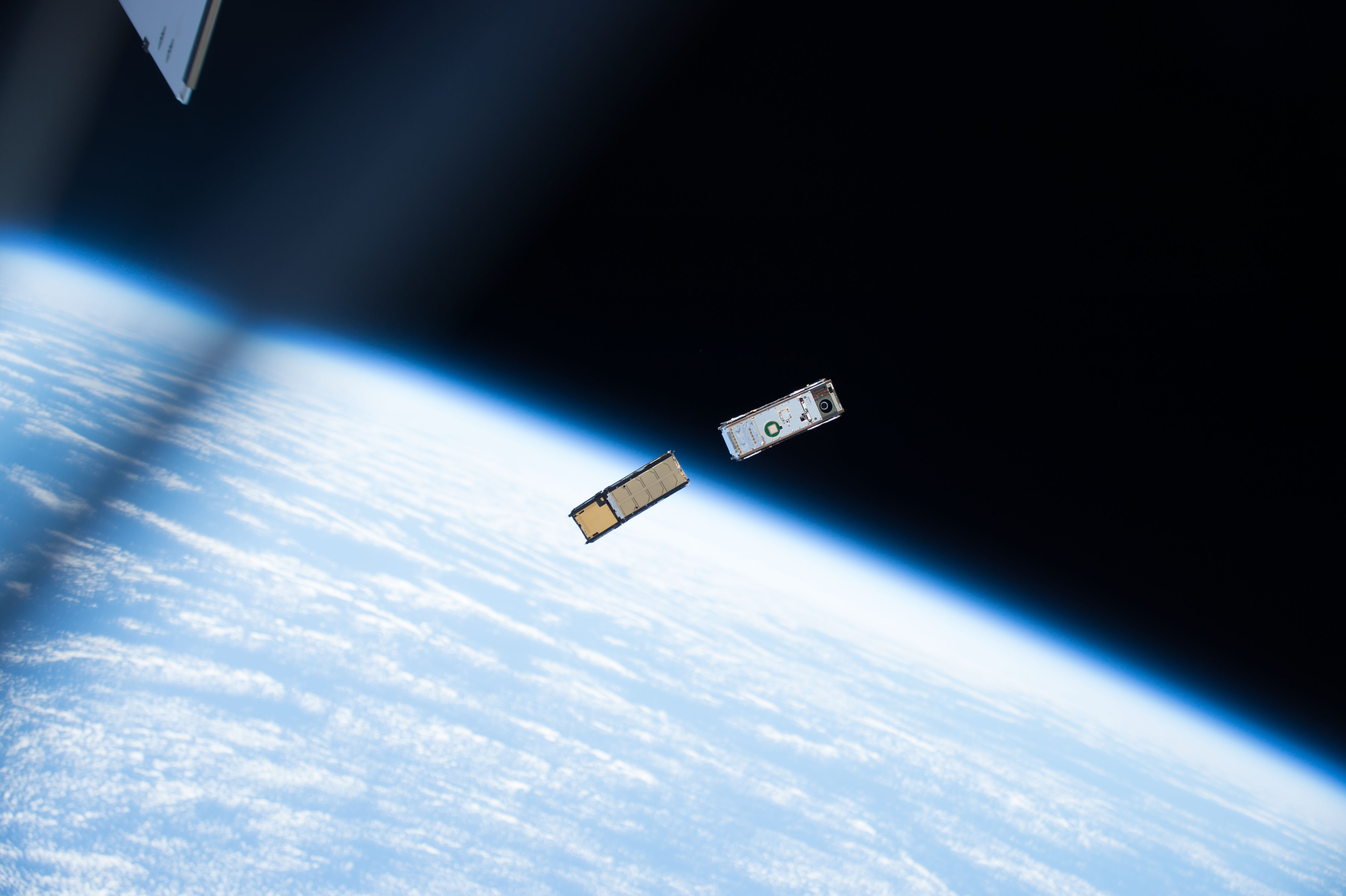NASA's Bread-Loaf-Shaped Satellite Makes First Global Ice Cloud Map (Video)
In a new video, NASA announces a small satellite's big milestone: It has produced the first map of ice clouds across the world.
Clouds are filled with billions of water droplets and ice crystals. In fact, that's why clouds are cotton-ball-colored: Sunlight reflects off all these small particles, producing a white color. And beyond giving clouds their iconic appearance, these droplets and crystals also impact the type of precipitation clouds give off, NASA officials said in the video. Ice particles, for example, can create downpours.
Enter IceCube, a tiny, 10-lb. (4.5 kilograms) cubesat. The miniature satellite, which NASA describes as "bread-loaf-shaped," launched in May 2017.

According to the agency, IceCube stands apart from fellow weather satellites because it doesn't rely on infrared or visible sensors to detect ice particles inside clouds. "To overcome that limitation," officials said in a statement, "IceCube was outfitted with a submillimeter radiometer that bridges the missing sensitivity between infrared and microwave wavelengths."
Dong Wu, IceCube principal investigator at NASA's Goddard Space Flight Center in Greenbelt, Maryland, and his team download data eight to 10 times a week from this small satellite. Agency officials added that the IceCube team initially planned for a 30-day mission, but the satellite has been operating much longer than that, recently celebrating its first anniversary of observations.
"It does not cost very much to keep it [IceCube] going," Tom Johnson, NASA Goddard's small-satellite manager at NASA's Wallops Flight Facility in Virginia, said in the statement, "so we extended the mission due to the outstanding science that IceCube is performing."
Follow Doris Elin Salazar on Twitter @salazar_elin. Follow us @Spacedotcom, Facebook and Google+. Original article on Space.com.
Get the Space.com Newsletter
Breaking space news, the latest updates on rocket launches, skywatching events and more!
Join our Space Forums to keep talking space on the latest missions, night sky and more! And if you have a news tip, correction or comment, let us know at: community@space.com.

Doris is a science journalist and Space.com contributor. She received a B.A. in Sociology and Communications at Fordham University in New York City. Her first work was published in collaboration with London Mining Network, where her love of science writing was born. Her passion for astronomy started as a kid when she helped her sister build a model solar system in the Bronx. She got her first shot at astronomy writing as a Space.com editorial intern and continues to write about all things cosmic for the website. Doris has also written about microscopic plant life for Scientific American’s website and about whale calls for their print magazine. She has also written about ancient humans for Inverse, with stories ranging from how to recreate Pompeii’s cuisine to how to map the Polynesian expansion through genomics. She currently shares her home with two rabbits. Follow her on twitter at @salazar_elin.









